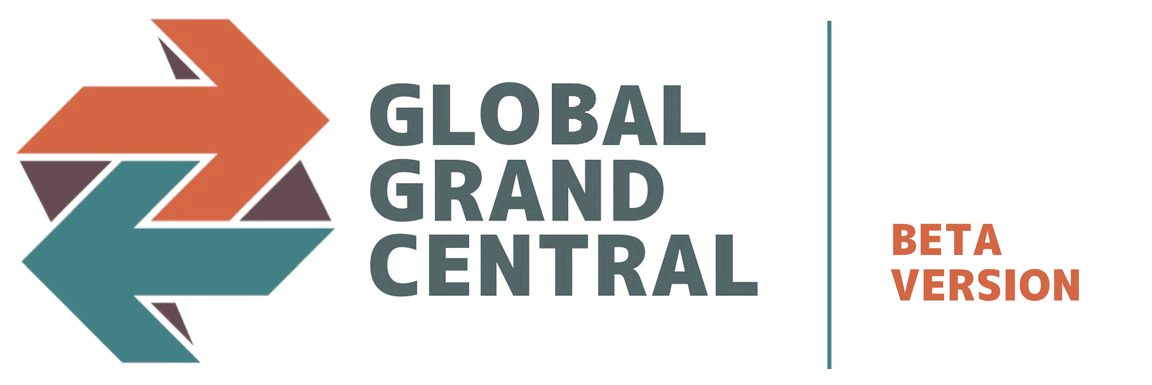Why
The best comedians base their jokes on their own problems, weaknesses and traumatic experiences. But humor must touch something universal and fundamentally human to communicate with its audience. A comedian must go beyond simple self-expression. Artists know this process very well and can offer unique expertise how to turn individual experiences into something global. By bringing together migrants, performance artists and teachers who have extensive experience working with refugees, we create an exciting new dynamic. We open the opportunity for new creativity and new skills. Trauma, in whatever form it takes, cannot be cured. There is no medicine removing memories of exhaustion, violence, survival and humiliation. People carry their memories with them for good and are living with them. We are investigating how humor and performance can provide a method for dealing with human suffering:
– Can humor be a tool for migrants to cope with their traumatic experiences?
– Can humor help us to understand and disseminate knowledge about the economic inequalities and political conflicts that individual migrants’ live through?
– Can we develop a method that makes migrants’ lives and experiences more visible? Can this method offer an alternative to falling into the role of the victim?
Research shows that only 5-10% (interview with Maibritt Giacobini, child psychologist, 2015) of refugees suffer from post-traumatic-stress. The majority of refugees search for a job and a social context where they can create meaningful lives for themselves – these are the people we target – together of course with the so-called and self-proclaimed autochthones.
Location
Antwerp, Belgium/4.40246430000002,51.2194475,4/1000x300.png)
Characteristics
Area
At people's home
Audience
How the audience/participants were reached or discovered
Through personal networks, the Riding the Donkey Backwards facebookpage and Riding the Donkey Backwards channel on youtube.
How it was done
How
Jasper De Rycker is a full-time teacher of Dutch as a second language (L2) in Antwerp, Belgium. His students are adult migrants from all parts of the world. He’s also a zealous fan of Richard Pryor for – amongst other things – his ability to transform the many ordeals of his extraordinary life into brilliant comedy. Per Hüttner came up with the original idea to combine the migrant’s stories with Richard Pryor’s approach. To look into to mirror at their own starting position towards possible invitees to the project, more often than not people of colour, Peggy MacIntosh’s and Saïd’s texts were very helpful. To better understand the politically constructed nature of conflicts encompassing whole nations, Twagilimana, Bakhtin and Adam Curtis proved indispensable. The deepest insight into the nature of laughter we got from Henri Bergson’s seminal text. Rostami-Povey, Hamid and the ‘On the Move’ documentaries provided a wider frame of reference for the funny stories being told.
From his vast reservoir of (former) students Jasper asked to join the project. Needless to say, there was already a considerable amount of trust established before the project was introduced to the students. Through a few workshops and interviews, we then moved collectively from “let’s do something with migration and humour” to the ideas of filming people telling real stories of migration with a funny (but again: real) funny twist and to take Mullah Nasreddin Hodja as our patron for his stories combining wisdom and subtle humour. Jasper’s work as a Non-Violent Communication trainer and his reading of Miki Kashtan inspired the workshops and interviews. Nasreddin is widely know as the philosopher who always rode backwards on his donkey. When questioned about his peculiar seating method he answered: “It is not me sitting backwards. It’s the donkey walking backwards.” We recorded the stories at people’s homes in Antwerp and Norköpping and always put the donkey in close up front and in focus of the camera so storytellers could remain anonymous. We also started a Facebook page and a Youtube channel for the project. A strong feedback came from the initial audience of family and friends, namely: add subtitles. So, subtitles were written.
Results
Bordr Stories
As part of this activity, Bordr stories were booked.
View more stories posted with this activity
How it went
Main lessons learned
We believe we were able to really draw every participant of the project into the creation of it. Furthermore, we’ve created an open-end structure in which new movies can quite easily be added at everyone’s will with a deadlineless that seems to work very well. So yes, we believe this approach to be valuable, and respectful to everyone involved.
Inspiration
– Aimable Twagilimana, The Debris of Ham: Ethnicity, Regionalism, and the 1994 Rwandan Genocide
– Elaheh Rostami-Povey, Afghan Women: Identity and Invasion
– Michail Bakhtin, Rabelais and his World
– Henri Bergson, Laughter An Essay On The Meaning Of The Comic
– Richard Pryor, full discography
– Scott Saul, Becoming Richard Pryor
– Adam Curtis, Bitter Lake (BBC documentary)
– On the Move, Migratie in Europa (IDFA documentaries)
– Miki Kashtan: Reweaving Our Human Fabric – Working Together to Create a Nonviolent Future
– The Uncommon Sense of the Immortal Mullah Nasruddin, Stories, Jests, and Donkey Tales of the Beloved Persian Folk Hero
– Mohsin Hamid: Discontent and Its Civilizations.
– Richard H. Thaler & Cass R. Sunstein: Nudge – Improving Decisions About Health, Wealth, and Happiness
– Marc Lewis, Memoirs of an Addicted Brain: A Neuroscientist Examines his Former Life on Drugs
– Edward W. Said, Orientalism
– Peggy McIntosh, White Privilege and Male Privilege: A Personal Account of Coming to See Correspondences Through Work in Women Studies.
Credits
Activity Timeline
2015
-
In the beginning
So far, Per Hüttner came with the idea to work on migrants and humor.
-
Workshops & Interviews
We met for several consecutive days at Factor 44, an art space and studio in Antwerp, Belgium.
-
Filming stories
We filmed at people’s homes in Antwerp and Norköpping, Sweden.


